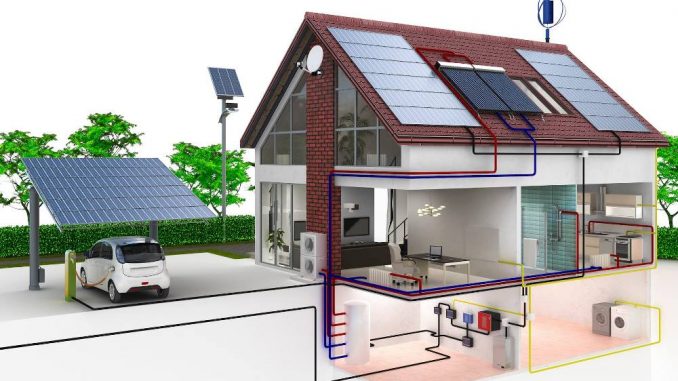
When people hear energy saving or efficient homes, they think it’s all about saving on the amount of electricity used. And this is true since energy-saving homes can reduce electricity bills by more than 50%. In a world where inflation is getting out of control, every dollar saved is crucial no matter how small. Therefore, energy-saving homes could be the difference between a family living below the poverty line and living comfortably.
But there is a lot more to sustainable homes than just savings on hard-earned money. Energy-efficient homes are very comfortable and healthy. This significantly reduces the risk of some health problems, especially those that are related to particulate matter from different sources.
One of the best ways to reduce carbon footprint is through energy-efficient homes which makes them beneficial to the environment. Also, energy-efficient homes add more value to a home and can result in a higher selling price if the home is ever put up for sale or auctioned.
Are Sustainable Homes More Expensive?
The general consensus is that energy-saving homes are expensive. There is some truth to this as sustainable homes may cost as much as 10% more than energy-hungry homes. However, the good thing about creating an energy-efficient home is that you can make small or big changes to increase the energy efficiency of a home depending on available funds.
Landscaping, energy-efficient appliances, LED bulbs, solar panels, low-flow fixtures, and energy-efficient doors and windows are some of the ways you can improve the energy efficiency of a home.
Examples of Energy-Saving Yet Affordable Homes
Below are examples of some energy-saving yet affordable homes.
Sierra Bonita Apartments in Los Angeles, USA
The 42-unit Sierra Bonita Apartment in LA is a model for energy-saving homes. Targeted at low-income disabled residents, the apartment building used a combination of green building materials, solar panels, rooftop terrace, and a central courtyard to improve its energy efficiency. The layout of the building also includes natural airflow and native landscaping which only serves to save more energy.
A Retrofit Home in London, UK
Architects and engineers improved the energy efficiency of an already-built terraced apartment in London. They achieved this by dealing with energy efficiency issues like poorer insulation and dampness. External insulation was installed alongside a heat recovery ventilation system and triple glazing.
“This is proof that changes can be made to already existing homes to make them energy efficient,” comments James Durr of auction house in London and Surrey.
Los Vecinos in San Diego, US
The Los Vecinos is an affordable yet energy-saving housing project. Interestingly, the energy-saving features incorporated in the homes were only about 2% of the total costs further cementing the fact that energy-saving homes can be affordable.
Energy-efficient features put in place by the engineers include natural ventilation, low-flow water fixtures, and tankless water heaters. Also, energy star appliances were used to increase the energy efficiency of the apartment.
Via Verde, New York
Specifically targeted at low-income earners, Via Verde is a hugely successful housing project that teaches a lesson in building energy-saving homes. The basis of energy-saving superpowers of the apartment is superb insulation, solar panels, and a green roof.
Being a homeowner is a desire that many people have had their entire lives but may feel impractical. Although, examining rent to own homes is one way to get around the difficulties associated with home ownership.

Be the first to comment